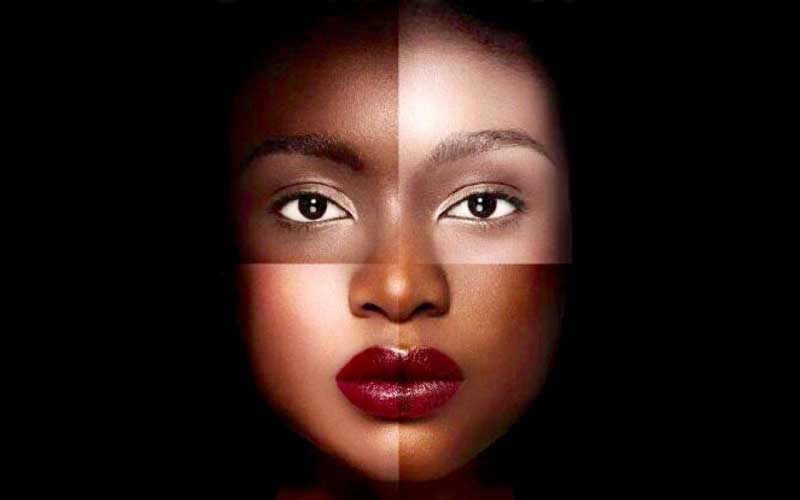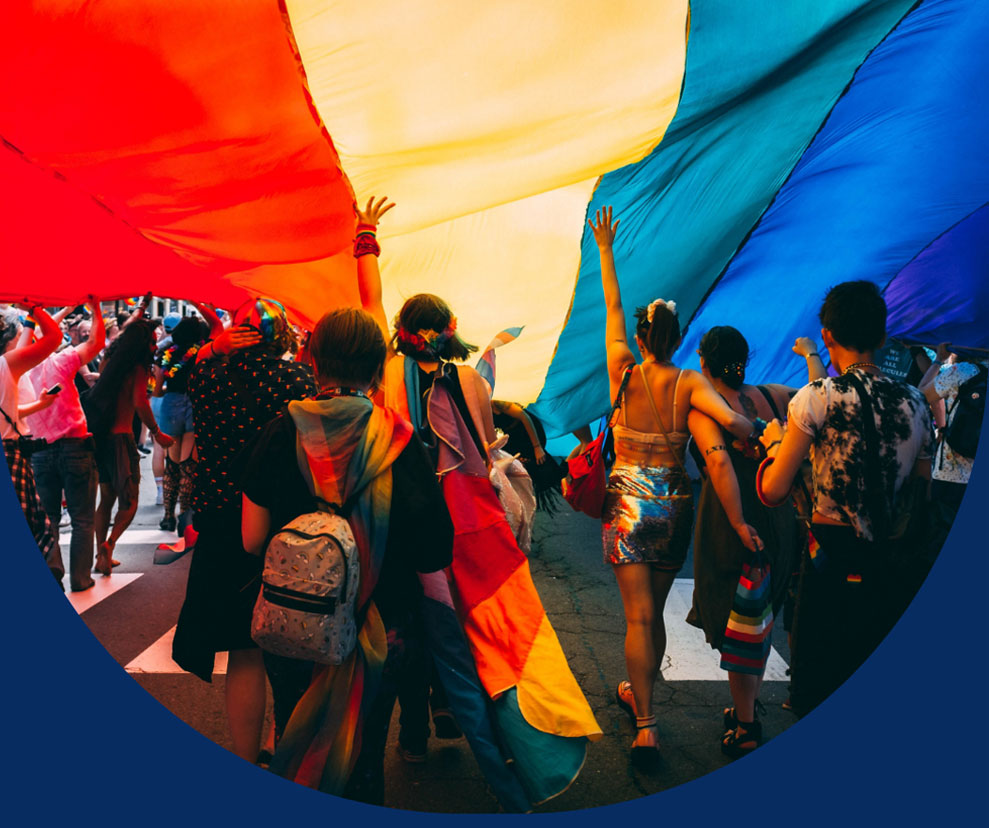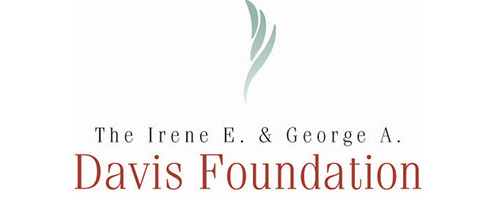Colorism
In this bulletin, we will be discussing the topic of Colorism. You will find history, videos, articles/handouts, statistics and questions to ponder related to this issue.
When discussing Colorism it is important to be aware that Colorism is referred to as only being an issue in the black community and while it manifests there, it is more wide-spread and exists within all communities of color. Colorism is not something that white people experience.
DEFINITIONS
Colorism: A practice of discrimination by which those with lighter skin are treated more favorably than those with darker skin. This practice is a product of racism in the United States, in that it upholds the white standards of beauty and benefits white people in the institutions of oppression (media, medical world, etc.).
Racism: The individual, cultural, and institutional beliefs and discrimination that systematically oppress people of color (Blacks, Latino/as, Native Americans, and Asians).
Discrimination: The mistreatment of an individual or group based on their social membership, regardless of their social power. Anyone can experience discrimination.
HISTORY
Slavery
- Slaves with lighter skin are assigned domestic tasks while slaves with darker skin were forced to work outside in the fields, doing much more grueling tasks. Lighter-skinned slaves were favored because they were often the product of a slave owner raping a slave, thus creating a lighter-skinned child.
The Paper Bag Test
- In the 19th and 20th century, the “paper bag test” was often utilized in black spaces and in hiring of black people. If someone was the same color as or lighter-skinned than a paper bag, they would be allowed into the space/considered for hire. If they were any darker than a paper bag, they would not.
Hiring Practices
- Skin tone was often the most important factor in applying for work as a person of color in the mid-20th century. Light skin was often reported on a resume ahead of any other information or experience.

























